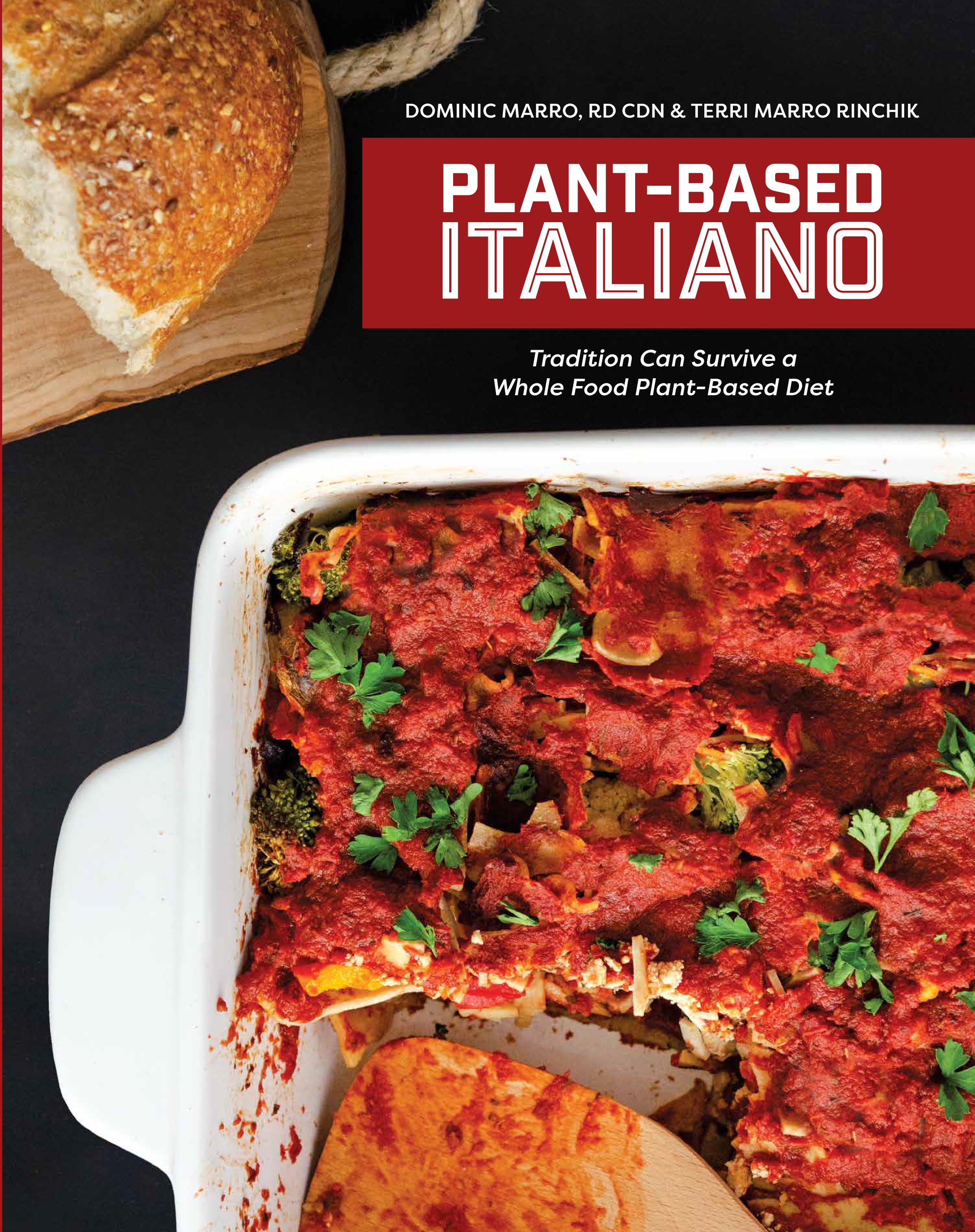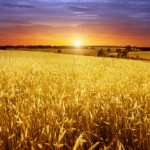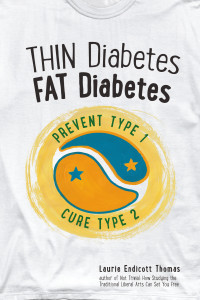In his book “Healthy at 100: The Scientifically Proven Secrets of the World’s Healthiest and Longest-Lived Peoples”, John Robbins describes the diets and lifestyles of the following four long-lived populations:
The Hunza live in the North of Pakistan, in a valley which is fertile and supports agriculture and isolated from industry.
Okinawans live on the island of Okinawa, in Japan. They have more people over 100 years old per 100,000 population than anywhere else in the world
The Abkhazia are living in the Caucasus Mountains in southern Russia
The Vilcambamba Indians live in an elevated valley in Southern Ecuador
Here are their diets as described by Larry Trivieri Jr from www.integratedhealthreview.com
The Hunza eat mostly plants, eaten raw. They don’t have a lot of access to fuel for cooking, and there are not many animals available to be eaten. They also eat lots of fruit like apricots, cherries, grapes, plums and peaches and A LOT of grains such as wheat, barley and millet.
The Okinawans: The average citizen consumes at least seven servings of vegetables daily, and an equal number of grains (in the form of noodles, bread, and rice—many of them whole grains). Add to this two to four servings of fruit, plus tofu and other forms of soy, green tea, seaweed, and fish rich in omega-3s (three times weekly). Sweet potatoes, bean sprouts, onions, and green peppers are prominent in the diet. Vegetables, grains, and fruits make up 72% of the diet by weight. Soy and seaweed provide another 14%. Meat, poultry, and eggs account for just 3% of the diet, fish about 11%. The emphasis is on dark green vegetables rich in calcium (Okinawans, like other Japanese, don’t eat much dairy). Okinawans do drink alcohol, but women usually stick to one drink a day, while men average twice that. Moderation is the key.In short, the average Okinawan’s diet is far richer in complex carbohydrates and plant-based foods, and lower in fat, than the average American’s. (It’s completely different from low-carbohydrate plans like the Atkins and Zone diets.)
The Abkhazia eat a mostly plant-based diet, emphasizing fresh (as in “picked-it-this-morning” fresh) foods, whole grains and nuts. The day typically starts with a fresh salad of raw greens harvested from their garden. Nuts are typically served at every meal
The people of the Vilcabamba Valley eat Vegetables picked fresh from the garden, eaten the same day. They also eat fruits right off the trees. Whole grains, seeds and nuts are also part of the Vilcabamba diet. There are almost no animal products to be found in their diet and no packaged or preprepared food.
John Robbins concludes that the diet and lifestyle of these cultures make them immune to the top killers in the West: heart disease cancer, stroke, chronic pulmonary disease, pneumonia/flu, diabetes, liver disease/cirrhosis, suicide and Alzheimer’s.
What’s even more amazing is how physically active people from these cultures remain well into their nineties. These folks show that severe physical and mental limitations are not inevitable consequences of aging.
If you truly want to maintain or reclaim your health and vitality, you should do your best to eat diets dominated by whole plant foods. This is your best chance to live a long and healthy life. “Healthy” is the key word here. As Exercise Physiologist Sheldon Howard has been known to say – “you don’t want to be the grandfather or grandmother drooling in the corner”.
So if you haven’t given WFPB a shot yet, it’s time you got started on your path to a Plantastic Life! Strive for the long, healthy life you deserve.
Click here to learn more about long-lived cultures.
If you’d like to learn more about “Healthy at 100”, click here.






 E Excerpt from Laurie Endicott Thomas’s amazing book Thin Diabetes – Fat Diabetes by clicking here!
E Excerpt from Laurie Endicott Thomas’s amazing book Thin Diabetes – Fat Diabetes by clicking here!
Speak Your Mind